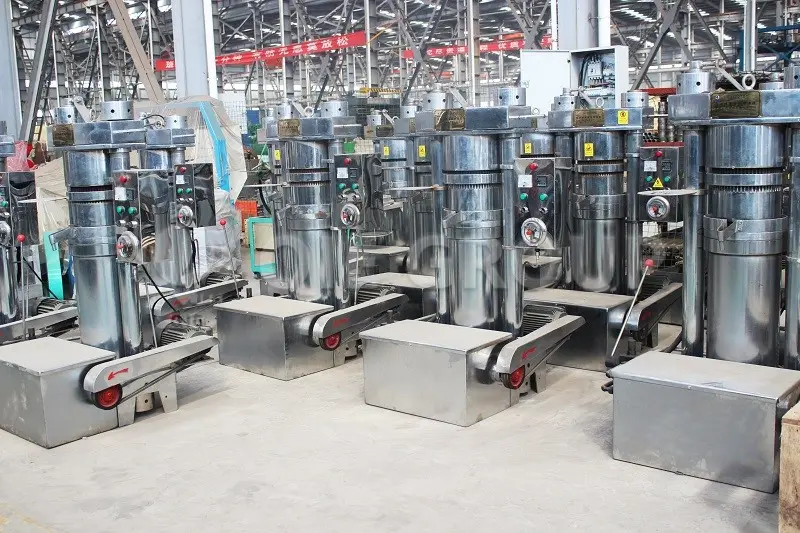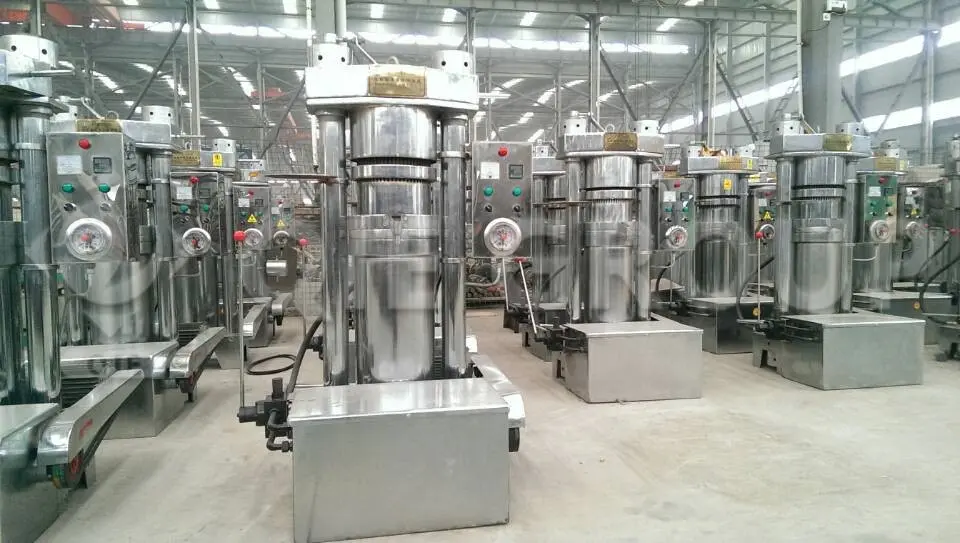When it comes to sesame oil, many people love its natural aroma and rich nutrients. Are you also curious why "cold-pressed sesame oil" tastes purer and is more nutritious than traditional hot-pressed oil? The secret lies in how the low-temperature process maximizes the preservation of key components in sesame oil—vitamin E and unsaturated fatty acids.
While traditional high-temperature pressing yields good oil output, the high temperatures destroy vitamin E and unsaturated fatty acids in sesame seeds, leading to reduced aroma and nutritional value. Many small oil mills also worry about the complex operation and potential impact on oil yield of low-temperature cold-pressing equipment, raising concerns about the risks of transitioning to other methods.
Simply put, the temperature of cold-pressed sesame oil is generally controlled below 40°C. Compared to the 70-90°C commonly found in high-temperature pressing, this gentler temperature prevents fat-soluble nutrients from being destroyed by high temperatures, thus preserving the oil's aroma and health benefits.
| Oil pressing methods | temperature | Vitamin E retention rate | Unsaturated fatty acid retention rate | Typical oil yield |
|---|---|---|---|---|
| High temperature pressing | 70~90°C | Approximately 65% | Approximately 70% | Approximately 45% |
| Low-temperature cold pressing | ≤40°C | ≥90% | ≥95% | Approximately 40-43% |
Many people mistakenly believe that low-temperature cold pressing yields less output. In reality, thanks to the technology of hydraulic sesame oil presses:
Automatic temperature control and hydraulic pressure regulation
Suitable for sesame seeds with different hardness
Simple to operate and easy to maintain
Data from a small oil mill shows that after introducing QIE Group's hydraulic oil press, the oil yield increased by about 3%, and the customer repurchase rate increased by 40%.
Core advantages of hydraulic sesame oil press:
Hydraulic system : Stabilizes screw pressure to achieve uniform pressing.
Temperature-controlled pressing chamber : Real-time monitoring ensures a low-temperature range, preventing nutrient loss.
Suitable for various sesame seed hardness levels : No need for frequent manual adjustment
Easy to use : Automatic mode, beginners can get started quickly.
Scientific data support: According to a 2023 study in China Oils and Fats, cold-pressed sesame oil retains over 90% of vitamin E and unsaturated fatty acids, while high-temperature pressing only retains about 65% and 70%, respectively.

After a small oil mill in Sudan upgraded to a QIE Group hydraulic sesame oil press:
The aroma of the oil was significantly enhanced.
User feedback indicates that "the oil is more fragrant and has a smoother texture."
Repeat customers increased from 50% to 70%.
The factory owner stated that the equipment is easy to operate, has stable automatic temperature control, and low maintenance costs.
Maintain regular equipment cleaning
Regularly check the hydraulic oil and temperature control device.
Utilize automated operation modes to reduce human error
Each batch of sesame oil retains its nutritional value.

From stable hydraulic pressure to a precise temperature control system, our hydraulic sesame oil press uses technology to safeguard every drop of low-temperature cold-pressed sesame oil, ensuring that vitamin E and the natural essence of unsaturated fatty acids are perfectly locked in, truly achieving both aroma and nutrition.











